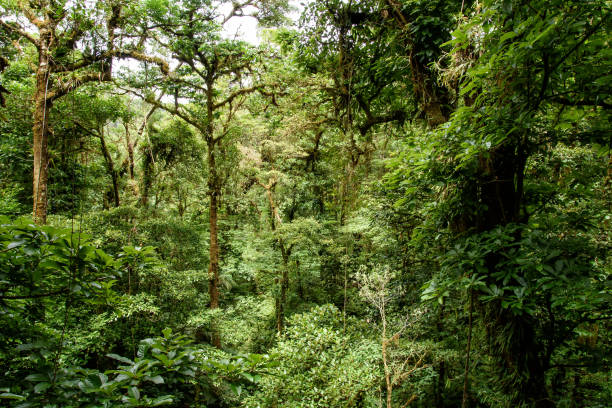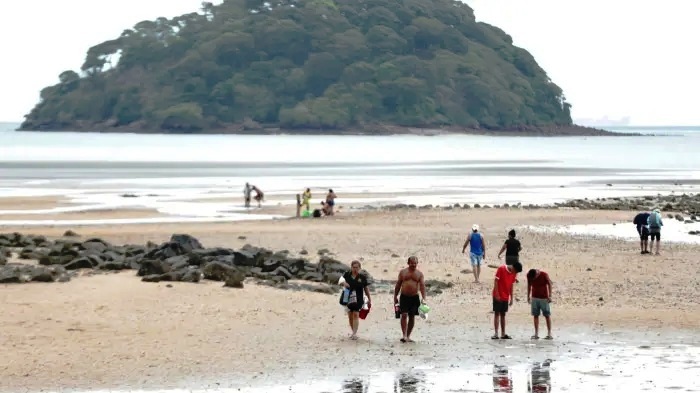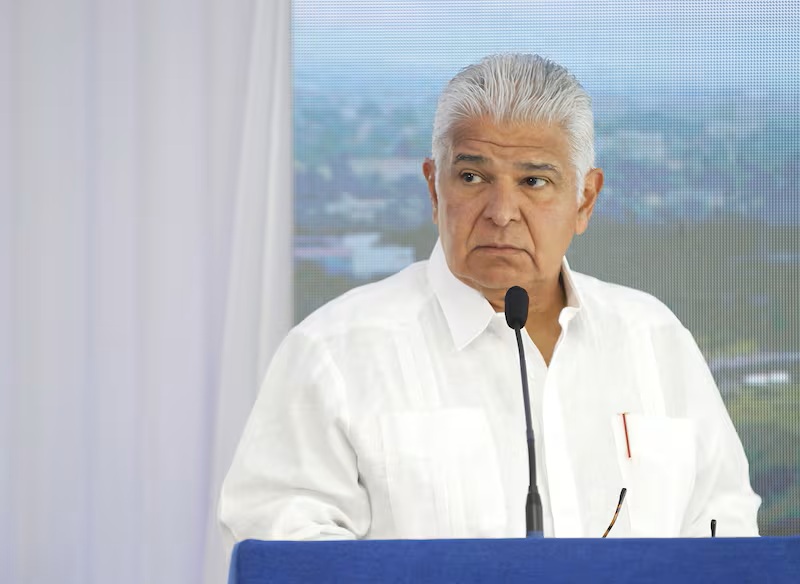The Fourth Bridge over the Panama Canal will be a Toll Bridge
Originally, the fourth bridge was to feature a restaurant and observation deck, but the two attractions were removed to reduce the project’s cost.
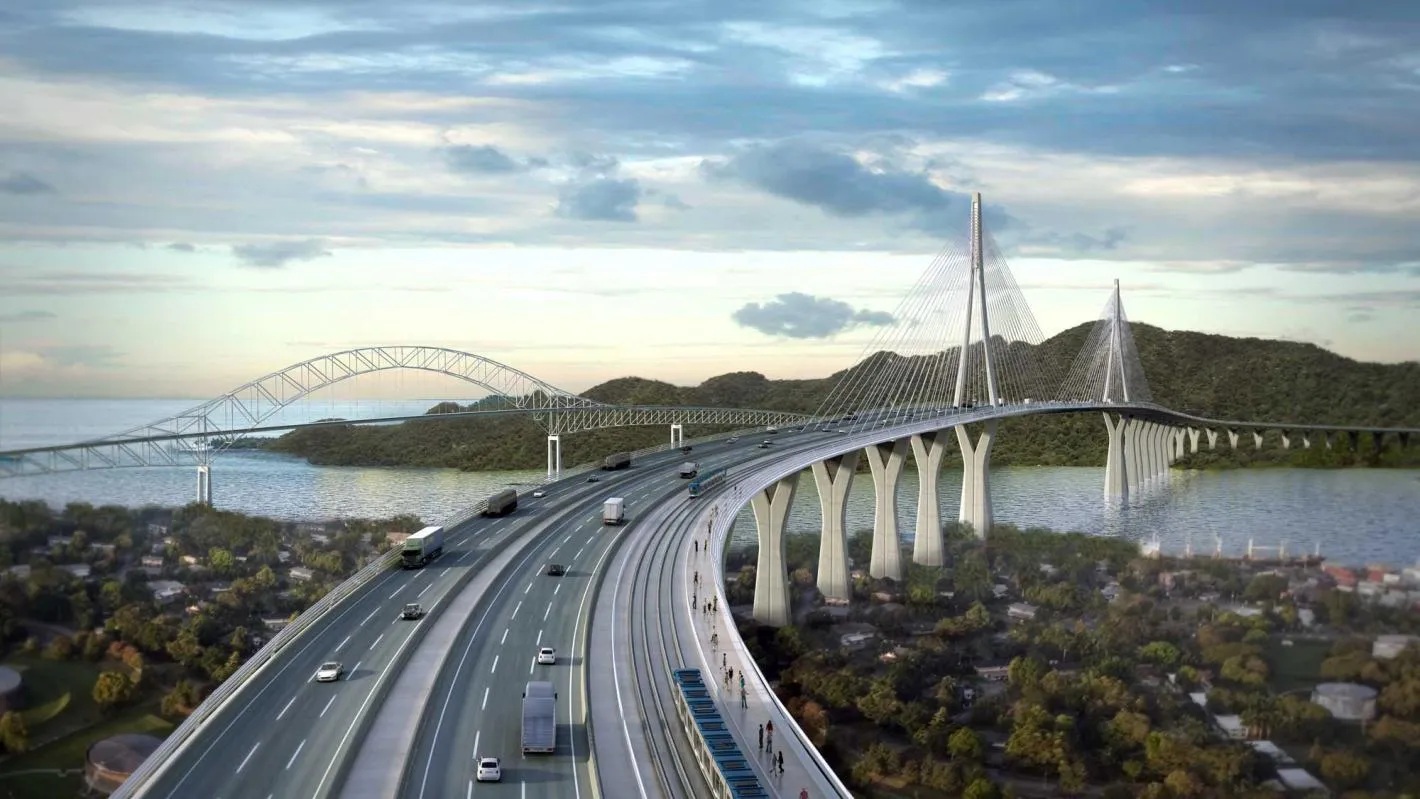
The question posed by thousands of drivers living in Western Panama who have waited for years for another way to cross the Panama Canal now has an answer. Panapass is managed by Empresa Nacional de Autopistas (ENA). ENA is the company that handles the Panapass system and provides customer service for it. “We are working on mechanisms to ensure that ENA, are responsible for collecting the tolls for the fourth bridge.”
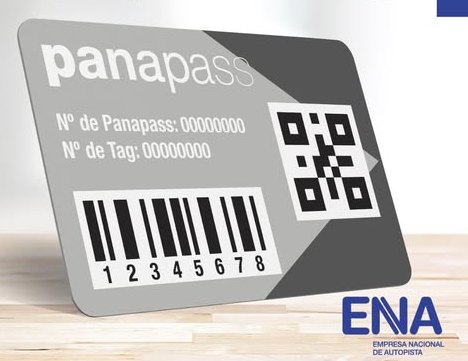
The latest construction report indicates that construction of the fourth bridge is 21% complete. The Comptroller’s Office endorsed the second addendum to the contract with the Chinese consortium, which includes a $7.7 million adjustment for new environmental insurance coverage.
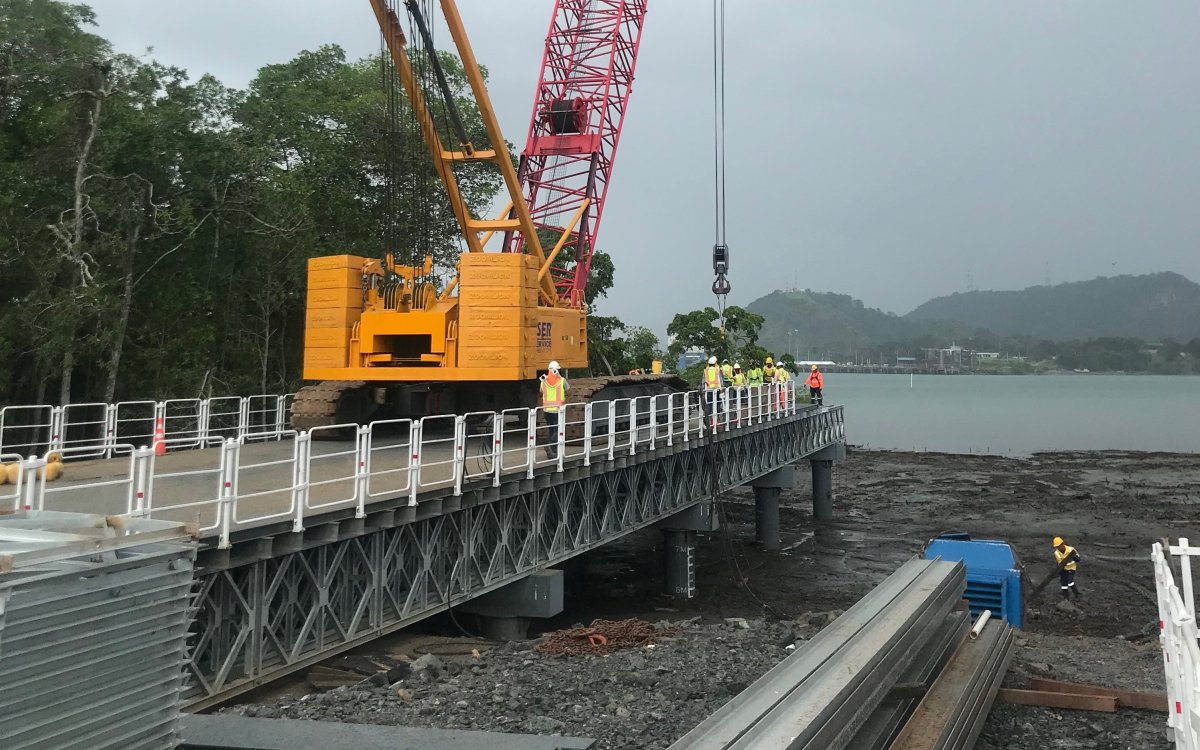
Trestle for the 4th Bridge over the Panama Canal
The fourth bridge over the Panama Canal is a major infrastructure project currently under construction, designed to relieve traffic congestion on the existing Bridge of the Americas and improve connectivity between Panama City and the western part of Panama. The bridge will feature two large towers with multiple cable planes, a 510-meter main span, and is designed to accommodate both vehicular traffic and the Metro Line 3.
Here’s a more detailed look:
- Location:
The bridge is being built north of the existing Bridge of the Americas, connecting Panama City with the western areas of Panama.
- Purpose:
It aims to alleviate traffic congestion on the Bridge of the Americas, improve connectivity for residents on the western side of the canal, and enhance freight transport capacity.
- Design:
The bridge will be a cable-stayed structure with two large towers, featuring a main span of 510 meters and a total length of 1,010 meters for the cable-stayed section.
- Traffic:
The bridge will initially have six traffic lanes, with provisions for two additional lanes to be used by Metro Line 3.
- Economic Impact:
The project is expected to have a significant economic impact, improving transportation and connectivity for over 500,000 residents and facilitating trade and commerce.
- Challenges:
The bridge’s location in a high seismic zone necessitates special design considerations to withstand earthquakes and near-fault effects.
- Current Status:
Construction is underway, with the project expected to be completed in mid-2028.

